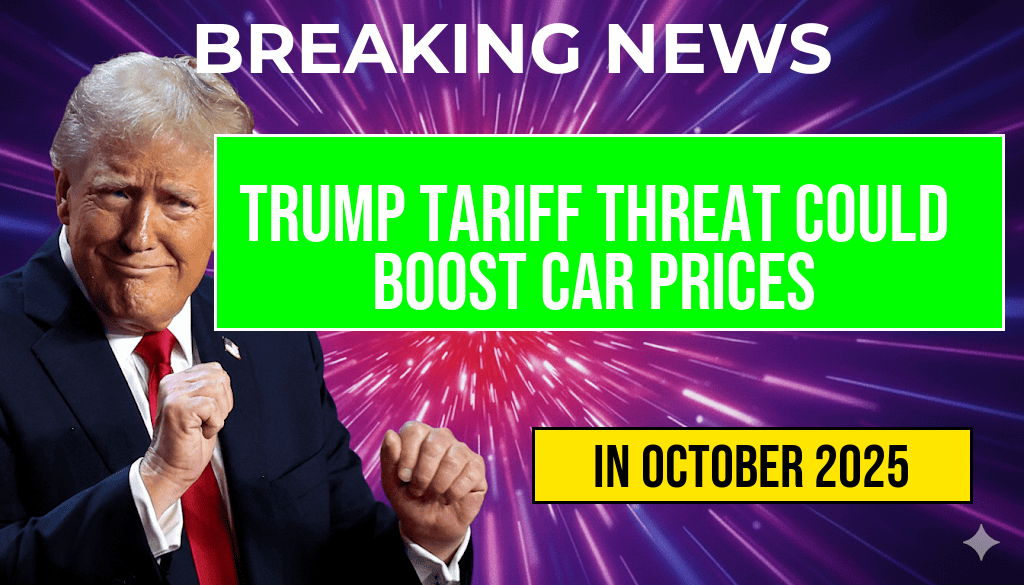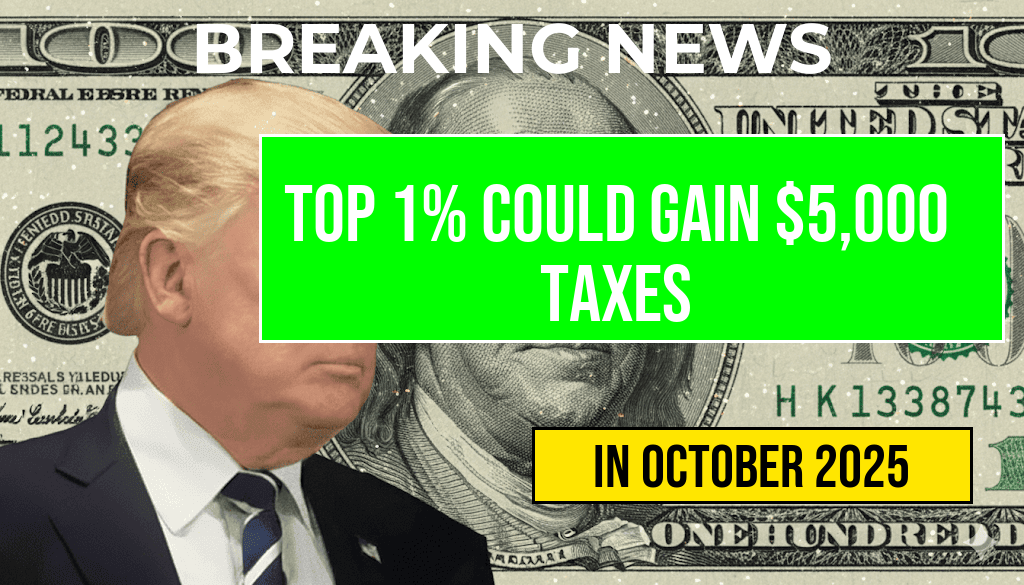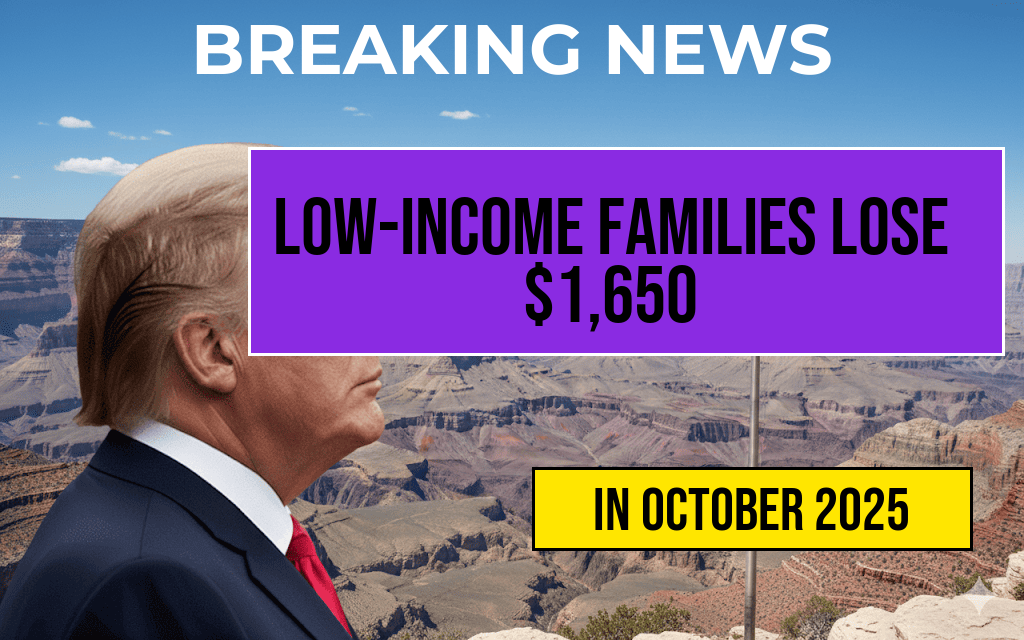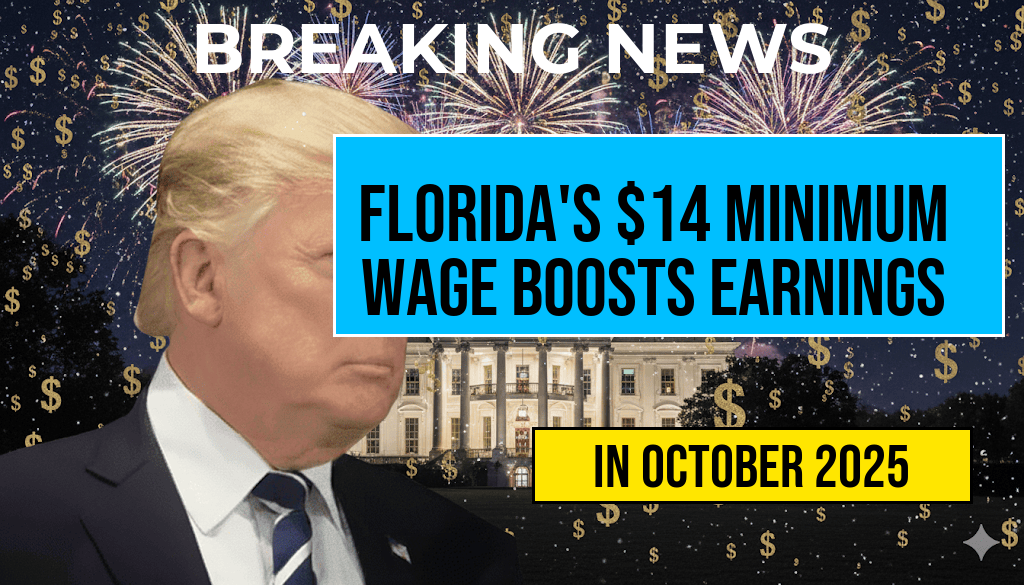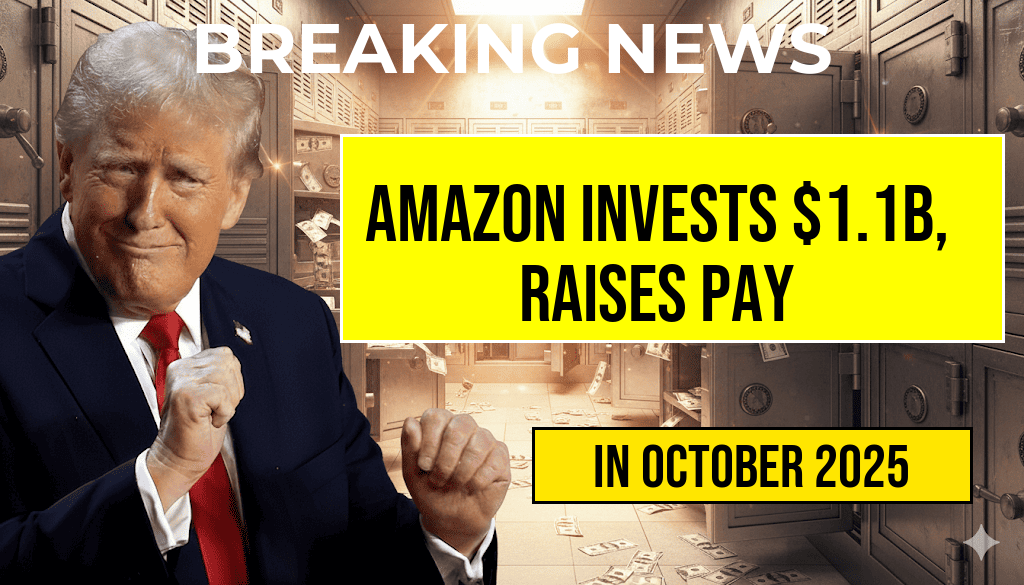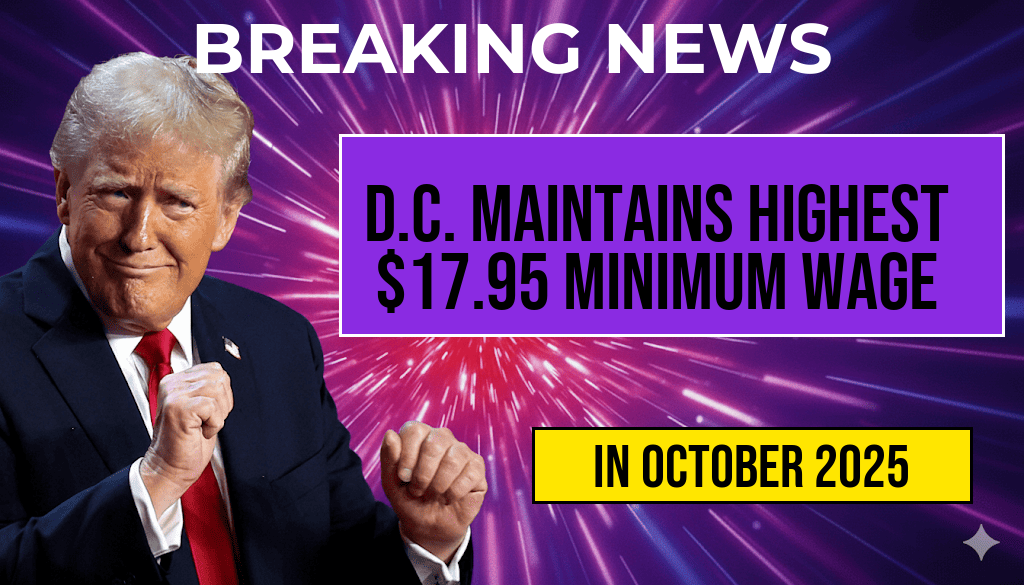Automakers and consumers are bracing for potential increases in vehicle prices following recent signals from former President Donald Trump regarding new tariffs aimed at China. If implemented, these tariffs could raise the average price of new cars by as much as $5,286, according to industry analysts. The threat emerges amidst ongoing trade negotiations and escalating tensions over international trade policies, prompting concerns about the impact on the U.S. automotive market. With the U.S. auto industry already grappling with supply chain disruptions and rising manufacturing costs, the prospect of tariffs could further strain affordability for consumers while pressuring automakers to absorb additional costs or pass them onto buyers.
Background on Tariff Threats and Trade Negotiations
During recent political statements, Donald Trump indicated a potential reintroduction of tariffs targeting Chinese imports, including auto parts and vehicles. The move is part of a broader strategy to renegotiate trade terms that the Trump administration argued have disadvantaged American industries. Historically, trade tariffs have been used as leverage to foster better trade deals, but they also tend to ripple through supply chains, influencing prices and availability of goods.
Trade experts note that tariffs on imported vehicles and components could significantly increase manufacturing costs for domestic automakers who rely on global supply chains. The recent threats come at a time when the automotive industry faces challenges like semiconductor shortages and rising raw material costs, which have already pushed vehicle prices upward in recent years.
While the Biden administration has signaled a more diplomatic approach to trade negotiations, the possibility of renewed tariffs under a Trump-led policy shift remains a concern for industry stakeholders and consumers alike. For more background on the current trade landscape, see Wikipedia’s overview of the US-China trade war.
Projected Impact on Vehicle Prices
Industry analysts estimate that if tariffs are enacted, the average increase in new vehicle prices could reach $5,286 per unit. This projection considers the potential costs of tariffs on imported auto parts, which constitute a significant portion of vehicle manufacturing expenses. Automakers may choose to pass on these costs to consumers or absorb them temporarily to remain competitive, but sustained tariffs could lead to a broader price hike across the market.
Below is a breakdown of how tariffs could influence vehicle pricing:
| Vehicle Type | Current Average Price | Projected Increase | Potential New Average Price |
|---|---|---|---|
| Compact Cars | $21,000 | $2,500 | $23,500 |
| SUVs and Crossovers | $35,000 | $4,200 | $39,200 |
| Luxury Vehicles | $50,000 | $5,286 | $55,286 |
Industry Response and Consumer Concerns
Major automakers have expressed cautious optimism, emphasizing their readiness to mitigate the impact through various strategies, including sourcing alternative suppliers or increasing domestic manufacturing. However, representatives acknowledge that such measures could lead to higher production costs and, ultimately, higher prices for consumers.
Automotive consumer advocates warn that price hikes could slow down new vehicle sales and make owning a new car less accessible, especially as inflationary pressures persist across the economy. According to industry data, the average age of vehicles on U.S. roads is at an all-time high, partly due to rising costs and supply chain constraints. An increase of several thousand dollars could exacerbate this trend, prompting consumers to hold onto their existing vehicles longer.
Consumer sentiment is also likely to decline if tariffs are enacted, potentially affecting new vehicle sales figures and dealer inventories. For prospective buyers, the timing could be particularly impactful as auto loan rates continue to fluctuate and inflation reduces disposable income.
Possible Policy Developments and Market Outlook
Market analysts are closely monitoring the political landscape, noting that tariff decisions are often influenced by broader geopolitical considerations. President Biden’s administration has shown a preference for diplomacy and multilateral negotiations, but the possibility of tariff reinstatement remains on the table should trade tensions escalate.
Experts suggest that if tariffs are implemented, the automotive market could see a period of volatility, with prices fluctuating based on trade policy developments and supply chain adjustments. Automakers might accelerate investments in domestic production to offset dependencies on imported parts, a move that could reshape industry dynamics in the coming years.
For consumers and investors alike, staying informed about trade policy shifts will be vital, as they will directly influence vehicle affordability and the broader economic environment. To explore more about the economic implications of tariffs and trade policies, visit Forbes’ economic coverage.
Frequently Asked Questions
What is the main concern regarding Trump’s tariff threat on new cars?
The main concern is that Trump’s tariff threat could lead to an increase in vehicle prices by up to $5,286, making new cars more expensive for consumers.
How might tariffs impact the overall cost of purchasing a new vehicle?
Tariffs on imported auto parts and vehicles can raise manufacturing costs, which are often passed on to consumers, resulting in higher vehicle prices.
Which vehicles are most likely to be affected by the tariff increase?
Vehicles that rely heavily on imported auto parts or are imported from countries targeted by tariffs are most likely to see the greatest price increases.
Could the tariff threat influence the automotive market and consumer choices?
Yes, increased vehicle prices due to tariffs may cause consumers to delay purchasing, switch to used cars, or consider alternative transportation options.
What can consumers do to prepare for potential price hikes due to tariffs?
Consumers may consider buying sooner before prices rise, researching alternative models, or exploring used car options to mitigate the impact of tariff-related increases.

